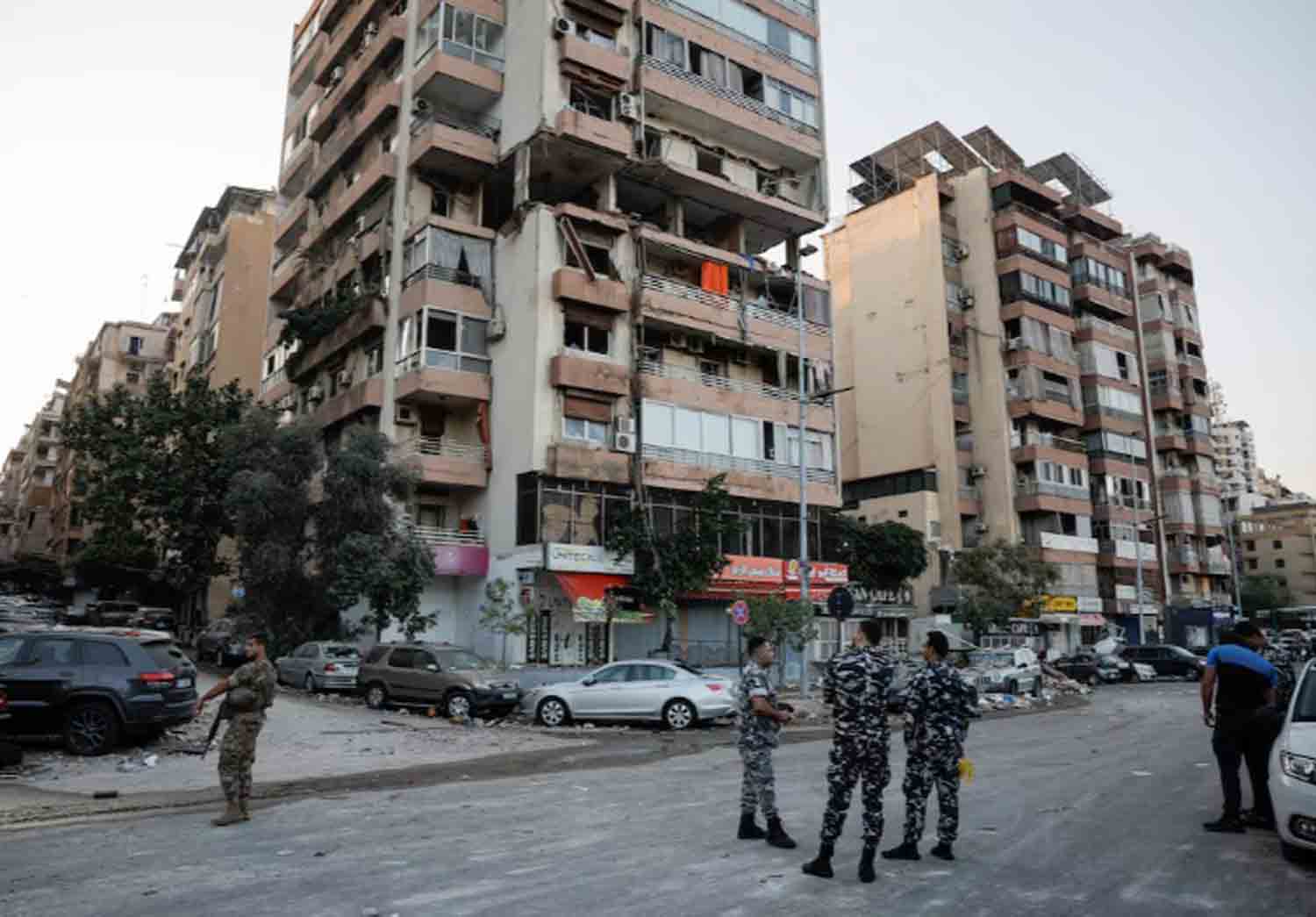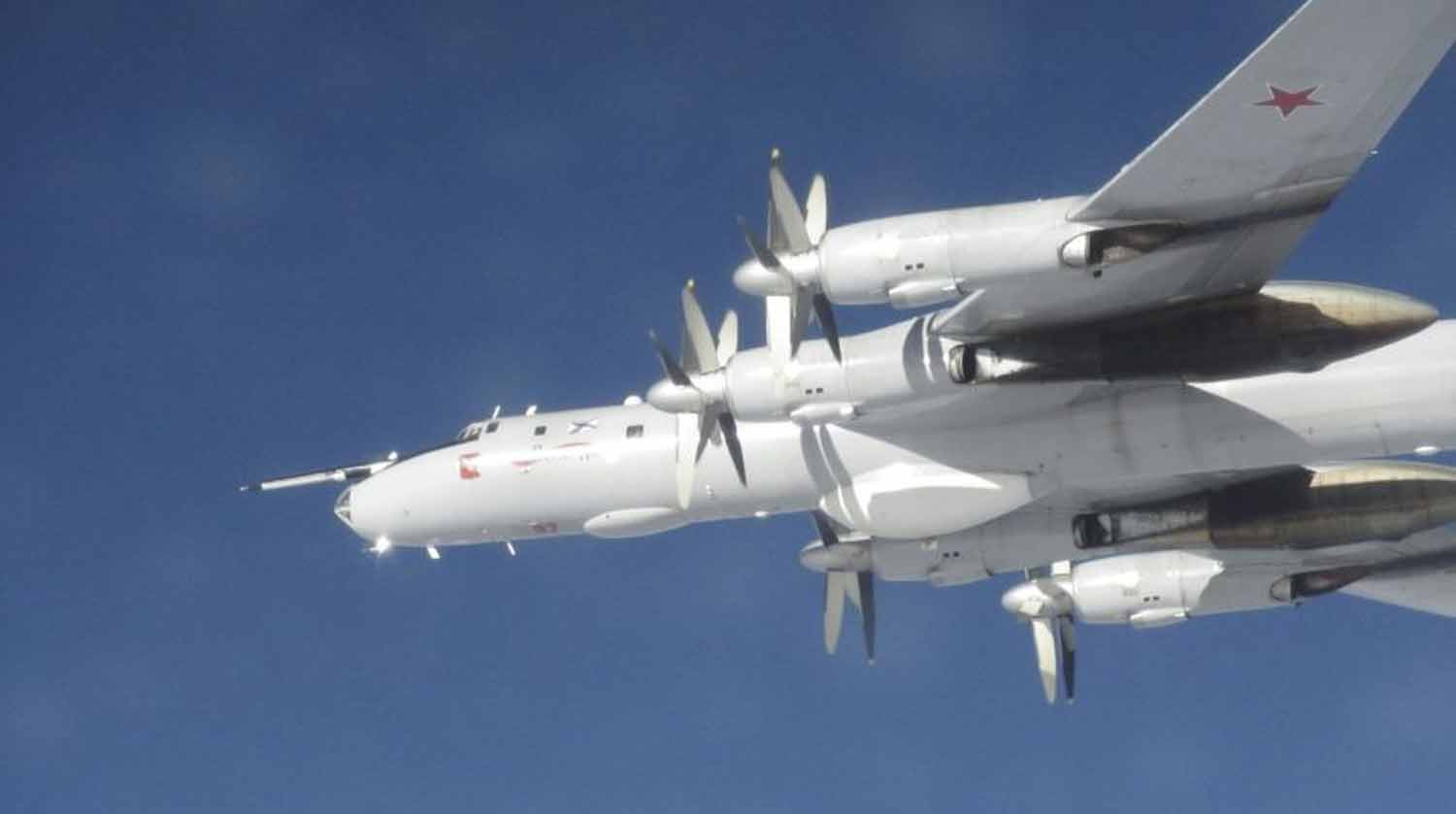An Israeli airstrike demolished a building near one of Beirut‘s busiest intersections on Friday, causing significant tremors in the Lebanese capital as Israel continued its intensified bombardment of areas controlled by Hezbollah.
This airstrike was one of several conducted on Friday morning, targeting the vicinity of the Tayouneh junction, where the Hezbollah-dominated southern suburbs intersect with other parts of the city, marking a more central target than many previous strikes.
Throughout this week, Israel has escalated its airstrikes against the Hezbollah-controlled southern suburbs, a surge that coincides with U.S.-led diplomatic efforts aimed at resolving the conflict.
On Thursday, the U.S. ambassador to Lebanon presented a draft truce proposal to Nabih Berri, the speaker of Lebanon’s parliament, who is backed by Hezbollah for negotiations, according to two senior Lebanese political sources who requested anonymity.
This draft represents Washington’s first formal proposal to cease hostilities between its ally Israel and the Iran-supported Hezbollah in several weeks, the sources indicated.
“It is a draft intended to gather feedback from the Lebanese side,” one source informed Reuters. In response to inquiries about the proposal, a spokesperson for the U.S. Embassy in Beirut stated: “Efforts to reach a diplomatic resolution are ongoing.”
A senior diplomat, who spoke on the condition of anonymity, suggested that additional time would be necessary to finalize a ceasefire but expressed optimism that it could be achieved.
The diplomatic efforts represent a final attempt by the outgoing U.S. administration to achieve a ceasefire in Lebanon, as initiatives to resolve the conflict in Gaza seem to be completely stalled.
According to reports from Lebanese and Iranian media, senior Iranian official Ali Larijani, an advisor to Iran’s Supreme Leader, met with Berri and Lebanon’s caretaker Prime Minister Najib Mikati in Beirut on Friday.
Prior to the recent airstrikes, the Israeli military issued a warning via social media, identifying buildings in the southern suburbs and advising residents to evacuate due to their proximity to Hezbollah facilities.
Footage of the airstrike near Tayouneh captured the sound of an incoming missile, as the targeted structure was reduced to a cloud of rubble and debris that spread into the nearby Horsh Beirut, the city’s main park.
On Thursday, Eli Cohen, Israel’s energy minister and a member of its security cabinet, informed Reuters that the chances for a ceasefire were the most favorable since the onset of the conflict.
The Washington Post reported that Israeli Prime Minister Benjamin Netanyahu was hastening efforts to establish a ceasefire in Lebanon, aiming to provide an early foreign policy success for President-elect Donald Trump, who is anticipated to be a strong supporter of Israel.
Israel initiated its offensive against Hezbollah following nearly a year of cross-border tensions exacerbated by the Gaza war, stating its objective was to facilitate the return of tens of thousands of individuals who had to evacuate from northern Israel.
Hezbollah has suffered significant losses, including the death of its leader, Sayyed Hassan Nasrallah, along with other key commanders. Israel has conducted airstrikes targeting regions in Lebanon where Hezbollah holds political and military influence, and has deployed troops to the southern areas.
In response, Hezbollah has continued to launch rocket attacks into Israel, and its fighters have engaged in confrontations with Israeli forces in the south.
A critical issue in the ceasefire negotiations is Israel’s insistence on maintaining the right to respond if Hezbollah breaches any agreement, a condition that Lebanon has firmly opposed.
Israel’s military operations have resulted in over 1 million people being displaced within Lebanon, leading to a severe humanitarian crisis.
As reported by Lebanon’s health ministry, Israeli strikes have resulted in at least 3,386 fatalities since October 7, 2023, with the majority occurring since late September. The ministry does not differentiate between civilian and combatant casualties.
According to Israeli sources, Hezbollah’s actions have resulted in approximately 100 deaths among civilians and soldiers in northern Israel, the Israeli-occupied Golan Heights, and southern Lebanon over the past year.
Discover more from Defence Talks | Defense News Hub, Military Updates, Security Insights
Subscribe to get the latest posts sent to your email.





